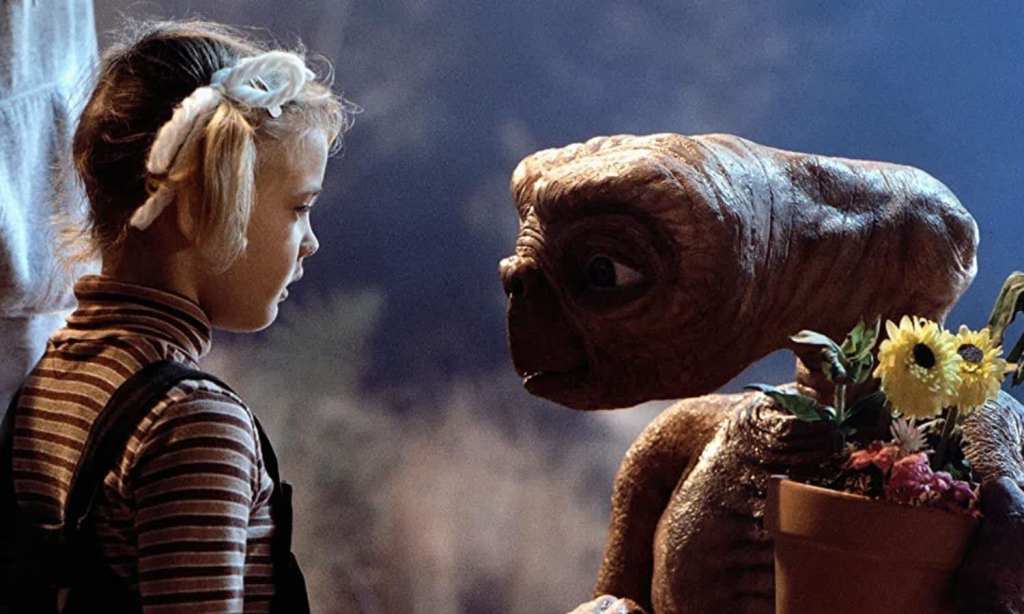Us Earthlings have long wondered about extraterrestrial life. We’ve made movies, games and TV shows about it, and the internet is full of exclusive space-obsessed clubs — people are already planning for a future life on Mars and some of the billionaires in the world have even built spaceships of their own in an effort to get there sooner.
There also seems to be ongoing UFO sightings around the world, all with a surprising amount of convincing evidence, such as video and drone documentation.
That being said, we believe what we want to believe. Regardless of how cynical and unimaginative you may be, you can’t say that you haven’t hoped for a little ET to show up on your doorstep at some point.
Although some of us have always been searching for little green men and the others have been wondering if there’s extraterrestrial life at all, it turns out that they could’ve been watching us all along.
New research shows 1,700 stars have the potential to see Earth and might have detected life down here. To take it a step further, four of those stars are known to possess rocky planets of their own that may house aliens.
Okay, let’s break it down.
All of the planets in our solar system rotate around the sun. Exoplanets are planets that rotate around other stars. When astronomers hunt for exoplanets, they look for worlds that “transit” or cross in front of their stars
“70% of all known exoplanets have been found by transits so far,” study lead author Lisa Kaltenegger, an astrophysicist and director of the Carl Sagan Institute at Cornell University in Ithaca, New York, told Space.com.
This fact inspired Kaltenegger to think about which stars could actually see Earth through its very own “transit” across the sun, and how their vantage point may change over time.
“I was wondering how long that front-row seat to find Earth through the dip in brightness of the star lasts,” Kaltenegger said. “The cosmos is dynamic, so a vantage point is not forever — it is gained and lost.”
Throughout their research, Kaltnegger and her team identified 1,715 star systems where alien observers could’ve discovered each in the past 5,000 years by watching it cross over, across the face of the sun.
Among the stars that are in the perfect position to see an Earth “transit”, 46 of them are close enough for their plants to intercept a clear signal of human existence; the radio and TV broadcasts that started about 100 years ago, as told by The Guardian.
Basically, some of these exoplanets that are connected to stars are said to be potentially habitable and are in the right position in the galaxy to see Earth go by. Our TV and radio broadcasting systems allow any life that may be on these planets to know that there’s life on this one. Perhaps they think we’re just like them.
“Our solar neighbourhood is a dynamic place where stars enter and exit that perfect vantage point to see Earth transit the sun at a rapid pace,” study co-author Jackie Faherty, an astrophysicist and senior scientist at the American Museum of Natural History, said in a statement.
Thanks to the European Space Agency’s Gaia database, scientists and astronomers have a map of the positions and motions of more than 331,000 stars within about 325 light-years of the sun at their disposal.
“Gaia has provided us with a precise map of the Milky Way galaxy, allowing us to look backward and forward in time, and to see where stars had been located and where they are going.”
The researchers went on to estimate that 29 of the planets are potentially habitable and may have the ability to eavesdrop on human radio and television transmissions, allowing any extraterritorial observers to learn a bit about us humans. Whether or not these broadcasts would compel a different life form to make contact, is another story entirely.
Perhaps they’re not interested in life on Earth, and we can hardly blame them. We are dying an environmental death at the hands of carbon dioxide so…
“Who knows if life evolved there too, but if it did, and it had a similar technology level that we have, then such nominal alien observers could have spotted or will spot life on our own world,” Kaltenegger said. “If someone had found us already I wonder what they would think about us?”
The findings have landed as the US government prepared to publish a highly-anticipated report on UFOs, which was set up to gain insights into the nature and origins of an unknown aircraft.
The report isn’t expected to reveal evidence of aliens, but it also isn’t expected to rule them out.
This is such a classic case when it comes to aliens and UFOs, that I’m actually inclined to believe that they both exist. I’d also really like to know more about these habitable exoplanets, and why we’re so hell-bent on getting to Mars that we haven’t looked into these 29 potentially liveable planets attached to stars.
I don’t know about you, but I’d love a front-row seat to watch the planets cross over the sun. It sounds like a pretty incredible world out there.
Read more stories from The Latch and subscribe to our email newsletter.







